Business in Norway, Oslo. Norwegian Economy
Norwegian Foreign Trade and Logistics. Norway: world's third largest oil exporter
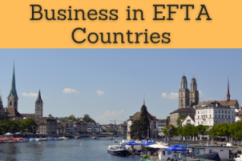
The Kingdom of Norway is one of the richest countries in the world
- Norway is the country with the highest human development index
- Norway has abundant natural resources (natural gas, hydropower, fisheries and minerals)
- Introduction to the Kingdom of Norway (Europe, Scandinavia)
- Norwegian Economy
- Doing Business in Oslo
- Norwegian Foreign Trade
- Transport and Logistics
- Investment in Norway
- Access to the Norwegian Market
- Business Plan for Norway
Sample: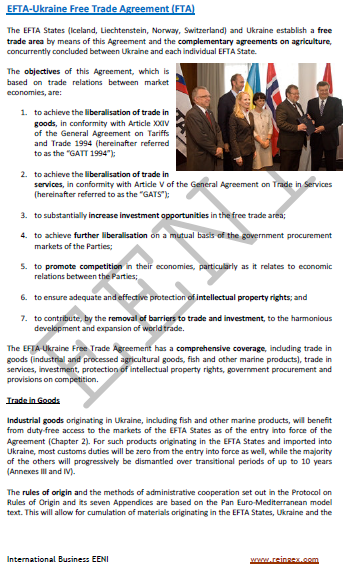

The educational aims of the Subject “Foreign Trade, Logistics and Business in Norway” are:
- To analyze the Norwegian Economy, Logistics and Global Trade
- To conduct research on business opportunities in the Norwegian Market
- To research the trade relations of Norway with the student's country
- To learn about Norwegian Trade Agreements
- To develop a business plan for the Norwegian Market

The Subject “Foreign Trade, Logistics and Business in Norway” is included within the curriculum of the following academic programs at EENI Global Business School:

Masters: International Business, Foreign Trade.

 Masters adapted to Norwegian Students.
Masters adapted to Norwegian Students.
Languages:  +
+  Noruega
Noruega  Norvege
Norvege  Noruega.
Noruega.
- Subject Credits “Doing Business in Norway”: 1

International Trade, Logistics and Business in Norway

Norwegian Preferential Access and Trade Agreements:
- Norway and the European Economic Area
- EFTA
- Norway as a member of EFTA has Trade Agreements with Jordan, Bosnia and Herzegovina, Canada, Macedonia, India, etc
- UK-Norway-Iceland Agreement
- Faroe Islands-Norway Agreement
- Council of the Baltic Sea States
- Regional Cooperation Council
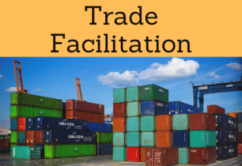
- World Trade Organization (WTO)
- Agreement on Trade in Services (GATS)
- Agreement on the Application of Sanitary Measures
- Agreement on Technical Barriers to Trade
- Agreement on Preshipment Inspection
- Agreement on Safeguards
- Trade Facilitation Agreement
- World Customs Organization (WCO)
- Kyoto Convention
- Convention on the Harmonization of Frontier Controls
- COTIF Convention
- BIC
- Chicago Convention (ICAO)
- International Maritime Organization
- Istanbul Convention - not a member
- Rotterdam Rules
- Hamburg Rules
- CMR Convention
- CIM, CIT Rail Rules
- International Chamber of Shipping
- International Road Transport Union (IRU)
- TIR Convention
- Guidelines on Safe Load Securing for Road Transport
- Customs Convention on Containers - not a member
- International Chamber of Commerce

European Organizations:
- Organization for Security and Cooperation in Europe (OSCE)
- Economic Commission for Europe (UNECE)
Global Organizations:
- Inter-American Development Bank
- United Nations
- World Bank
- World Trade Organization (WTO)
- International Monetary Fund
- OECD
- OECD anti-corruption measures
- Asian Development Bank
- African Development Bank
The Kingdom of Norway
- Norwegian Capital: Oslo
- Official Language of Norway: Norwegian.
- Norwegian has two modalities: Nynorsk and Bokmal
- Norwegian Area: 323,802 km²
- Norwegian Population: 5 million people
- Type of Government: Parliamentary Republic
- Borders of Norway: Russia, Sweden and Finland
Religion in Norway: Protestantism (Evangelical Lutheran Church) - Christianity.
Norway belongs to the European Economic Area.
Norwegian Economy.
- Currency: Norwegian krone
- Other important sectors of the Norwegian economy are agri-food industry, shipbuilding, metallurgy, mining, paper and chemicals
- Strong state intervention in certain sectors such as oil
- Norway is one of the countries with the highest fiscal pressure in the world
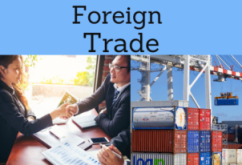
Norwegian Foreign Trade.
- The Kingdom of Norway is the world's third largest oil exporter (25% of Norwegian GDP)
- Norway is the world's second largest fishery products exporter
- Main Norwegian Exports are petroleum, machinery and equipment, metals, chemical products, ships, fishing products
- Top Norwegian exports destinations: the UK (22%), Germany, the Netherlands, France, Sweden
- Main Norwegian Imports are machinery and equipment, chemical products, metals, food products
- Main suppliers of Norway are Sweden, Germany, China, the UK, Denmark
(c) EENI Global Business School (1995-2025)
Top of this page






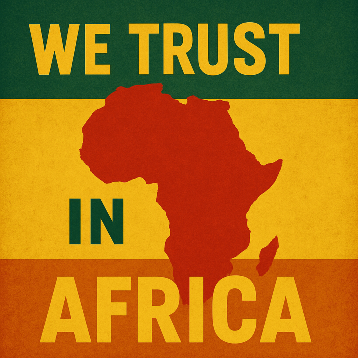


 WhatsApp
WhatsApp